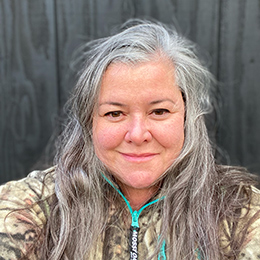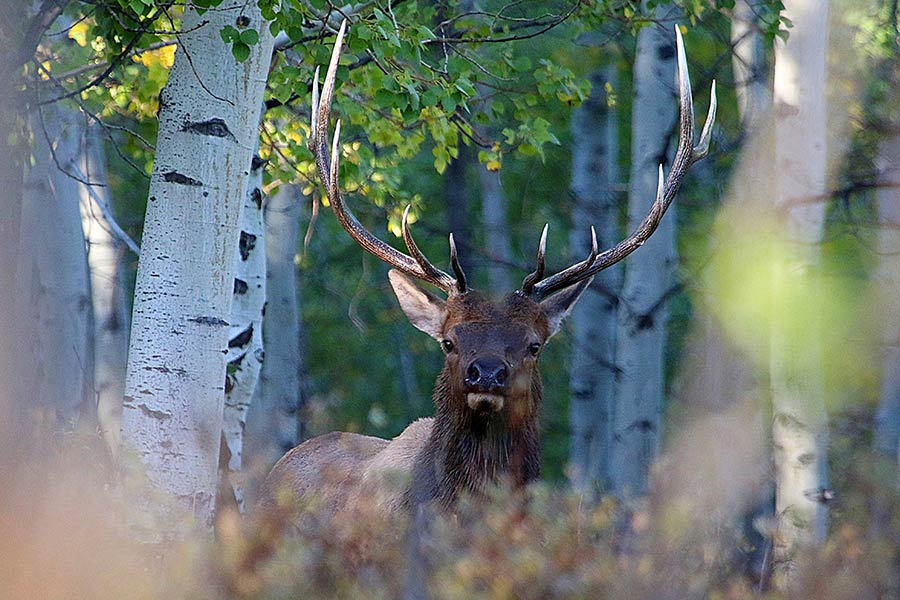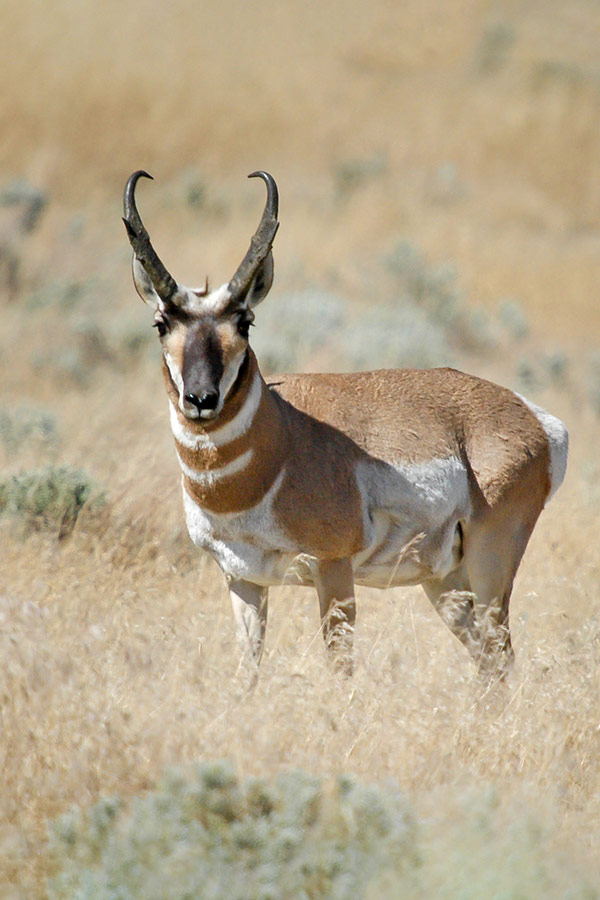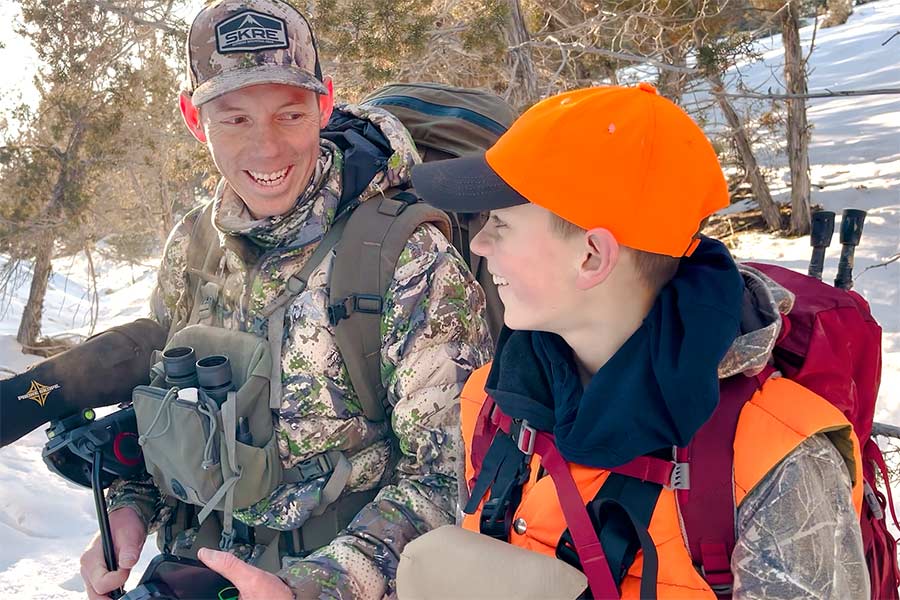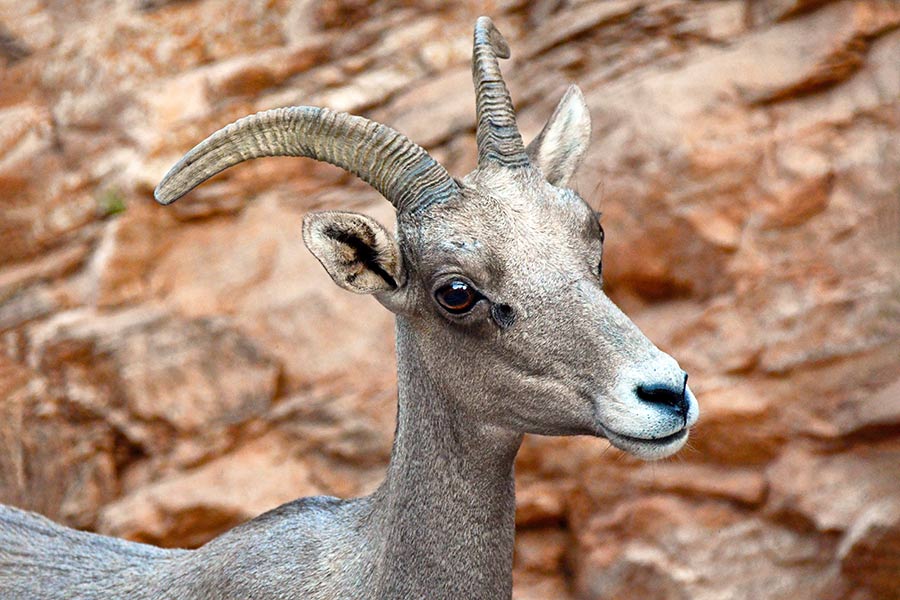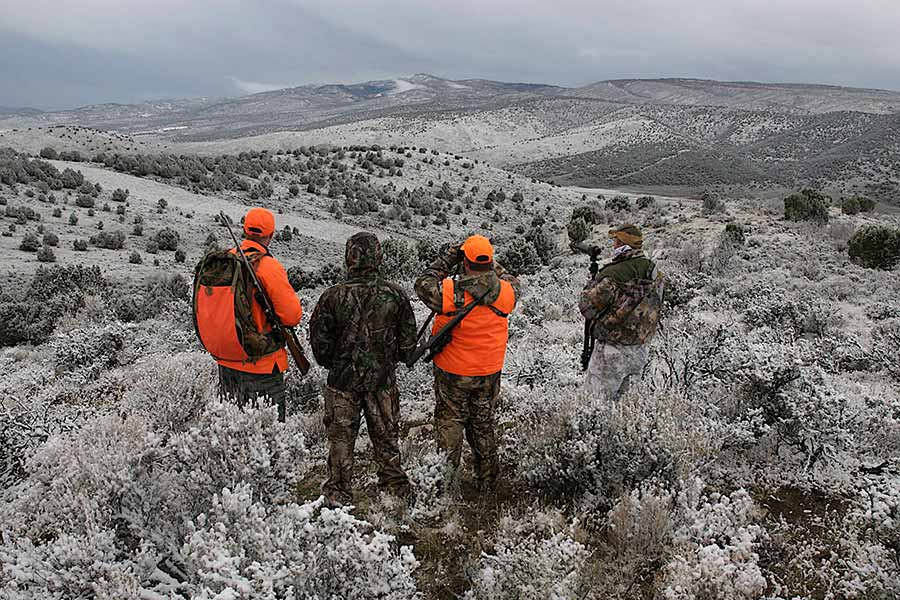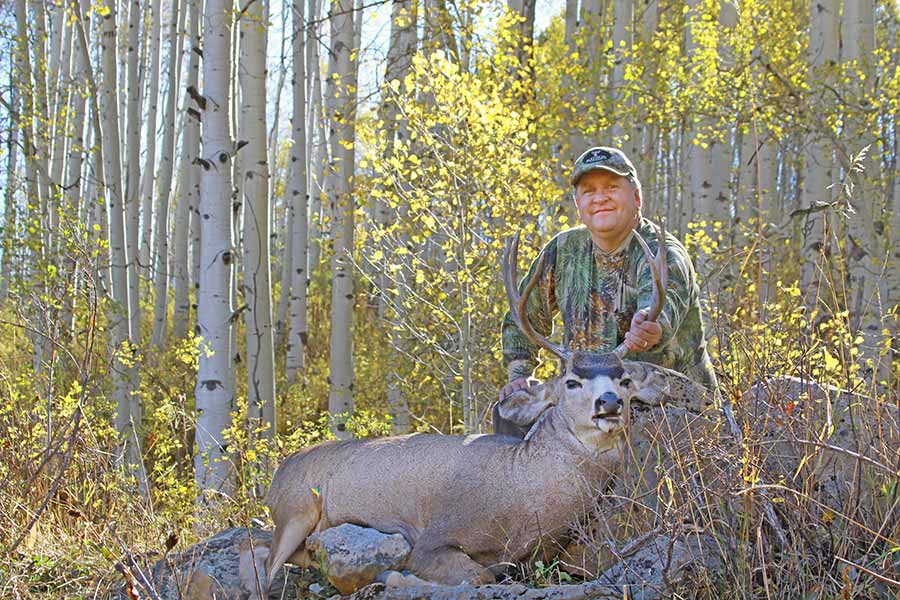Utah's big game bonus points and preference points system
Answering your questions about bonus and preference points, addressing "point creep," explaining changes for the 2023 big game application and more
By Darby Doyle
Recently, we spoke with DWR Wildlife Licensing Coordinator Lindy Varney about frequently asked questions regarding Utah's big game application. Lindy has been with the division for a little over 15 years, and she's our in-house expert on the intricacies of the permit and drawing system.
In this blog post we're diving deeper into understanding Utah's bonus point and preference point system, as well as changes you'll see in the points application process for 2023. See "All about 'the draw' and Utah's big game permit system" and a recent episode of our "Wild" podcast for general questions about this year's big game drawing application.
Note: This blog post contains application dates and deadlines from the time of publication in 2023. See the current-year Utah Big Game Application Guidebook for this year's application dates, deadlines and important updates.
Question: When and why did the DWR establish a bonus and preference point system in Utah? What's the difference between the two?
Answer: In Utah, we offer two different types of point systems: bonus point and preference point systems.
The bonus point drawing system was established in 1993 for our limited-entry and once-in-a-lifetime species: buck deer, bull elk, buck pronghorn, moose, bison, mountain goat, desert bighorn sheep and Rocky Mountain bighorn sheep. We started noticing an increased interest in these quality hunts where we offered a lower number of permits.
In 2000, we added general-season buck deer to the permit drawing. Prior to 2000, these were an over-the-counter permit, but each year a few of the regions would sell out quickly. In response to public support for a more equitable system of distribution, general-season buck deer permits were placed in the drawing and a preference points system was associated for those hunters who did not draw a permit.
Read more about the difference between bonus and preference points here.
Question: Why do points matter for hunters?
Answer: The point system is in place to increase a hunter's chances of drawing a big game permit over time. Basically, the demand for hunting permits is much higher than the number of permits available each year; points establish and accrue value for hunters in the system when they do not draw a permit in a year they apply.
Every season that you apply for a limited-entry, once-in-a-lifetime, CWMU, or a general-season hunt and do not draw a permit, you receive a bonus point for that species.
For general-season hunts — general-season deer, antlerless elk, antlerless deer, doe pronghorn, swan, grouse and sandhill crane — hunters who do not draw a permit receive a preference point.
Question: Tell us more about bonus points and how they work?
Answer: The bonus point system is for limited-entry, CWMU and once-in-a-lifetime permits: limited-entry mule deer, elk, pronghorn, moose, mountain goat, desert bighorn sheep, Rocky Mountain bighorn sheep, bison, turkey and bear.
Here are some things to keep in mind about bonus points:
- They work in a hunter's favor when there are not a sufficient number of permits for all applicants to be successful every few years.
- If you obtain a limited-entry or once-in-a-lifetime permit for a hunt, you forfeit all of your points for that species and there is a waiting period for reapplying (this varies by species).
- Each year you apply for a permit, you receive a random drawing number for your current application and a random drawing number for every bonus point you have. Your lowest random number is then used in the drawing. (The lower your number, the better your chance at drawing a permit.) After all first choices are evaluated, the second choice of applicants not receiving a permit in the first choice round are then evaluated.
- 50% of the permits for each unit are reserved for applicants who have the greatest number of bonus points.
Question: What else should I know about preference points?
Answer: The preference point system is for general-season permits: general-season deer, antlerless elk, antlerless deer, doe pronghorn, swan, grouse and sandhill crane.
Here are some things to keep in mind about preference points:
- They work in a hunter's favor when there are a sufficient number of permits to allow all applicants to be successful every few years.
- If you obtain a general-season deer permit using your preference points, you lose them regardless of the hunt choice you draw out for. We do not have waiting periods on preference point draws.
- Each year you apply for a permit, you receive a random drawing number for your current application and a random drawing number for every preference point you have. Your lowest random number is then used in the drawing. (The lower your number, the better your chance at drawing a permit.) When evaluating the preference point draw, we look at everyone's first choice, first beginning with the applications with the greatest number of preference points. Beginning with the lowest draw number — and continuing in sequence — the first choice for a hunt is considered, and a permit is awarded if there are permits available in that hunt unit. If a permit is not available for the hunt of the first choice, the application is skipped, and the first choice of the next application is considered. After all first choices are evaluated, the second choice of applicants not receiving a permit in the first choice round are evaluated in the same manner as the first choices and this continues in the same way for third, fourth and fifth choices.
- The preference point system is run just like the bonus point system in that the first choice of each applicant is evaluated first before the second choice is evaluated, and so on. However, with the preference point system, we look at everyone with the highest number of points first and evaluate their first choice. The “preference” is given to those who have been waiting to draw out the longest. But we do not reserve 50% of the permits for the applicants who have the greatest number of points.
Question: Can both Utah residents and nonresidents earn bonus or preference points if they don't draw a permit?
Answer: Yes, as long as you are eligible to apply for that species, you can earn a bonus point or preference point.
Question: If I can't hunt this year, can I still get bonus or preference points?
Answer: If you are unable to hunt this year, you are still able to purchase a bonus or preference point during the big game application period. We charge a $10 application fee for residents and a $15 application fee for nonresidents for either a bonus or preference point. To be eligible to purchase a point, you must be eligible to apply for that species.
Question: What if I missed my opportunity to apply for points during the big game application period?
Answer: Beginning this year, if you happen to miss the big game application period and still want to purchase a point, you will have a second chance during the antlerless application in June.
Question: What is "point creep"?
Answer: At a very basic level, the points system is in place to add customer value in the supply versus demand in the state's big game drawing.
In reality, it's simple economics: We have more demand for permits than what we can offer. For example, in 2022, we had over 575,000 applications, but we had only a little over 81,000 permits statewide across all species based upon sustainable game populations and other data.
When the chances of a hunter receiving a point instead of a permit increases each year because of demand far outstripping supply year over year, we see what is popularly called "point creep."
Question: What is the division doing to address "point creep"?
Answer: We recognize there's a big gap between those supply-and-demand numbers, and we are always looking for ways to close that gap. Here are some examples of changes made in recent years:
Surrender rules: In 2019, we changed the surrender rule. At that time, hunters could surrender for any reason and they would have all their points reinstated including one for the current year. We were seeing an uptick in surrenders especially right before the hunt started.
When we receive a surrendered permit, we always try to reallocate it back out to the next alternate. But when someone surrendered it only a day or two before the hunt started, it was almost impossible to reallocate that permit back out in time for the duration of the hunt and it became a lost hunting opportunity.
So, we made the recommendation — which was approved by the Utah Wildlife Board — to still allow hunters to surrender their permit, but they wouldn't accrue a point for the year if they turned it back to us more than 30 days before the hunt started. However, if a hunter surrendered a permit to us less than 30 days before the hunt started, they wouldn't receive any of their points back, including the one for the year. We have noticed that this rule change helped us move in the right direction. However, we are still seeing a high number of permits being surrendered.
Changes to the elk plan: Another thing the division is doing to help the supply-and-demand issue can be seen in recent changes we made to the statewide elk management plan. In December 2022, the wildlife board approved the new statewide elk plan that will allow us to issue more elk permits across the state.
This was accomplished by restructuring the harvest-age objectives for traditional limited-entry units, and adding a mid-season any-legal-weapon hunt on most limited-entry elk units. We also adjusted the weapon splits for traditional limited-entry elk hunts to place more of the any-legal-weapon hunts in the mid-season hunts. These changes will allow us to offer a few more elk permits in the big game drawing.
We are always investigating ways to offer more permits through the drawing and will continue to make changes as needed.
However, we need to remember there's no simple answer to fix point creep. We will continue to make adjustments on how we manage wildlife, and continue to review and adjust administrative rules as needed.
Learn more
- Website: More details about bonus points and preference points
- Blog post: "All about 'the draw' and Utah's big game permit system"
- Wild Podcast: Episode 41: Big game drawing
